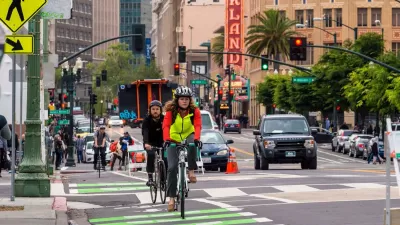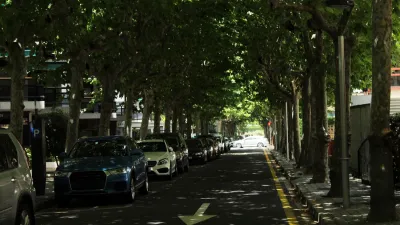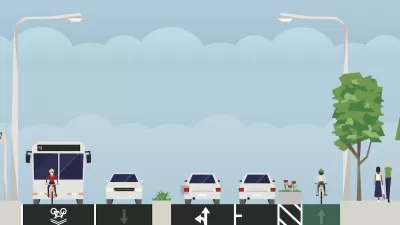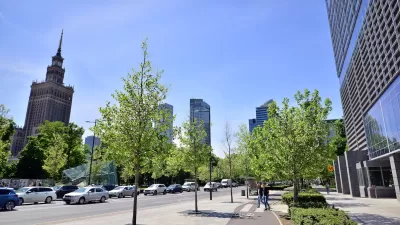The world is changing, and some state departments of transportation are still stuck in the 20th century. New research provides guidance for DOTs looking to break old habits of car dependency and obsessions with level of service.

An article by Daniel C. Vock notes the increasing number of controversies surrounding the practices of state departments of transportation designing roads that cut through communities:
As urban areas have become more popular, so-called smart growth advocates who want walkable neighborhoods, vibrant shopping districts and safe passage for cyclists and pedestrians frequently criticize state DOTs -- which were originally called “highway departments” -- for allowing fast vehicle speeds to take precedence instead.
Vock's work here is to amplify the messaging of advocates at Smart Growth America, which recently published a series of blog posts sharing research to inform the reform of state DOT practices.
Vock lists the lessons from Smart Growth America's research as follows:
- Keep it simple.
- There Are Drawbacks to 'On Time, Under Budget.'
- You're Measuring Success Wrong.
- Community Relations -- and Who Handles Them -- Matter.
- Don’t Ignore Land Use.
- No, Really, Don’t Ignore Land Use.
- It’s Not Always the DOT’s Fault.
- Change Has to Be Intentional.
FULL STORY: 8 Ways to Improve State DOTs, According to Smart Growth Advocates

Planetizen Federal Action Tracker
A weekly monitor of how Trump’s orders and actions are impacting planners and planning in America.

Maui's Vacation Rental Debate Turns Ugly
Verbal attacks, misinformation campaigns and fistfights plague a high-stakes debate to convert thousands of vacation rentals into long-term housing.

San Francisco Suspends Traffic Calming Amidst Record Deaths
Citing “a challenging fiscal landscape,” the city will cease the program on the heels of 42 traffic deaths, including 24 pedestrians.

Trump Prompts Restructuring of Transportation Research Board in “Unprecedented Overreach”
The TRB has eliminated more than half of its committees including those focused on climate, equity, and cities.

Amtrak Rolls Out New Orleans to Alabama “Mardi Gras” Train
The new service will operate morning and evening departures between Mobile and New Orleans.

The Subversive Car-Free Guide to Trump's Great American Road Trip
Car-free ways to access Chicagoland’s best tourist attractions.
Urban Design for Planners 1: Software Tools
This six-course series explores essential urban design concepts using open source software and equips planners with the tools they need to participate fully in the urban design process.
Planning for Universal Design
Learn the tools for implementing Universal Design in planning regulations.
Heyer Gruel & Associates PA
JM Goldson LLC
Custer County Colorado
City of Camden Redevelopment Agency
City of Astoria
Transportation Research & Education Center (TREC) at Portland State University
Jefferson Parish Government
Camden Redevelopment Agency
City of Claremont





























